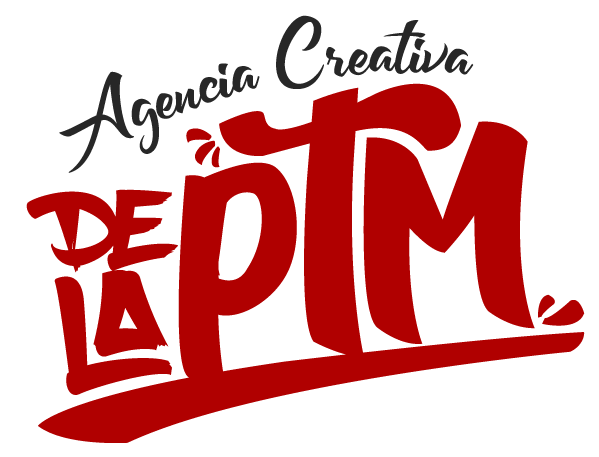The quick ratio (or acid test ratio) is a measure that identifies an organization’s ability to meet immediate financial demands by using its most liquid assets. These assets can be cash or items that can be quickly converted into cash, such as temporary investments. Because it excludes inventories and items that cannot be quickly converted into cash, the quick ratio gives a more realistic picture of a company’s ability to repay current obligations.
- On the other hand, imagine that another company has $5,000,000 in current assets but $25,000,000 in current liabilities.
- However, a downside of having smaller inventory reserves is the risk of stockouts, which might result in lost sales.
- The optimal working capital ratio may be different for each investor or financial analyst.
- Analysts look at these items for signs of a company’s efficiency and financial strength.
A high working capital ratio indicates that the company is probably not using its assets to grow the business as there’s a lot of liquidity that is not being utilized. Yes, the net working capital ratio and the working capital ratio are the same things. Industry standards can have a significant impact on a company’s working capital ratio.
Conversely, a service-based company may have lower levels of inventory and accounts receivable, resulting in a lower working capital ratio. A high working capital ratio can provide a company with increased liquidity, improved creditworthiness, and better supplier relationships. However, there are also potential drawbacks, including opportunity cost, inefficiency, and limited growth potential. The working capital ratio isn’t the only way to assess the financial health and liquidity of your business. In addition, the working capital ratio can also be used to compare the financial health of different companies within the same industry, or to track the financial performance of a single company over time. This can provide valuable insights into the company’s financial trends and can help management make informed decisions about short-term financial strategy and planning.
Current Assets
That implies a company won’t have any liquidity issues and is financially healthy. In other words, it can meet its daily expenses and run the business effectively. You can calculate the current ratio by taking current assets and dividing that figure by current liabilities. Generally, the higher the ratio, the better an indicator of a company’s ability to pay short-term liabilities. Current liabilities are all the debts and expenses the company expects to pay within a year or one business cycle, whichever is less. This typically includes the normal costs of running the business such as rent, utilities, materials and supplies; interest or principal payments on debt; accounts payable; accrued liabilities; and accrued income taxes.
The cash conversion cycle measures the number of days it takes a company to convert its inventory into cash. If a company has significant resources tied up in inventory, the cash conversion cycle is a critical metric. A long cash conversion cycle means less liquidity than a company with a short cash conversion cycle.
Truist: Best working capital line of credit for businesses seeking longer loan terms
Working capital is the amount of an entity’s current assets minus its current liabilities. The result is considered a prime measure of the short-term liquidity of an organization. A strongly positive working capital balance indicates robust financial strength, while negative working capital is considered an indicator of impending bankruptcy. When a business has a large positive amount of working capital, it is better able to fund its own expansion without having to obtain debt or equity financing. The operational efficiency, credit policies and payment policies of a business have a strong impact on its working capital.
For instance, someone in retail would need a much more than someone in a service-based industry, such as consulting. This is because retail needs inventory and other operating expenses that a consultant may not need. In addition, business seasonality also plays a factor in the amount your business may need. All components of working capital can be found on a company’s balance sheet, though https://personal-accounting.org/what-is-taken-into-account-a-great-working-capital/ a company may not have use for all elements of working capital discussed below. For example, a service company that does not carry inventory will simply not factor inventory into its working capital calculation. The term risk implies the profitability that a firm will become technically insolvent, so that it will not be able to meet its obligations as and when they become due for payment.
It results from your current liabilities exceeding your current assets, and means your company has greater short-term debts than short-term assets. If your working capital is negative, or very limited, it means you’re not generating enough cash through your operations to pay your current liabilities. In the long run, businesses with negative working capital will struggle to survive. Companies typically target a working capital ratio of between $1.50 and $1.75 for every $1 of current liabilities.
American Express Business Line of Credit: Best working capital line of credit for short-term funding
Therefore, a company’s working capital may change simply based on forces outside of its control. Current assets are economic benefits that the company expects to receive within the next 12 months. The company has a claim or right to receive the financial benefit, and calculating working capital poses the hypothetical situation of the company liquidating all items below into cash. Although a working capital ratio of 1.5 to 2.0 is a good rule of thumb indicator of company liquidity, it does not take into account the company’s access to a line of credit and other sources of financing. In essence, the working capital ratio is a measure of the company’s liquidity and solvency. This means that for every dollar of short-term debt, the company should have at least $1.5 to $2.0 of short-term assets to be able to assume its financial obligations.
Small Business Lines & Loans
The optimal working capital ratio may be different for each investor or financial analyst. The working capital ratio of 1.5 to 2 is a good rule of thumb but every business’s optimal working capital ratio may be slightly different. For example, a company may be saving up capital to make an important equipment acquisition using more equity than debt. However, a company having a very low or very high working capital does not mean that it is either at risk or not using its capital well.
Apply for the line of credit
Gross working capital is a metric that reflects the total sum of a company’s assets without considering liabilities. It’s an important metric that allows companies to evaluate their financial health, but it’s not as detailed as net working capital. Negative working capital means a company can’t cover its immediate debt with its current assets. To cover the current debt, it would need to make an extra effort, such as taking out a loan.
Positive vs. Negative Working Capital
These ratios are used to measure your company’s ability to meet its present financial obligations. In an ideal business, you would want to use your customers’ money to pay your suppliers. The shorter the cycle, the better access you will have to those liquidities,” says Fontaine. Companies can reduce the cycle by working to extend payment terms with suppliers and limiting payment terms for their customers. The goal should be to balance the time it takes for the cash to go out of the company with the time it takes for the cash to come in from sales.


